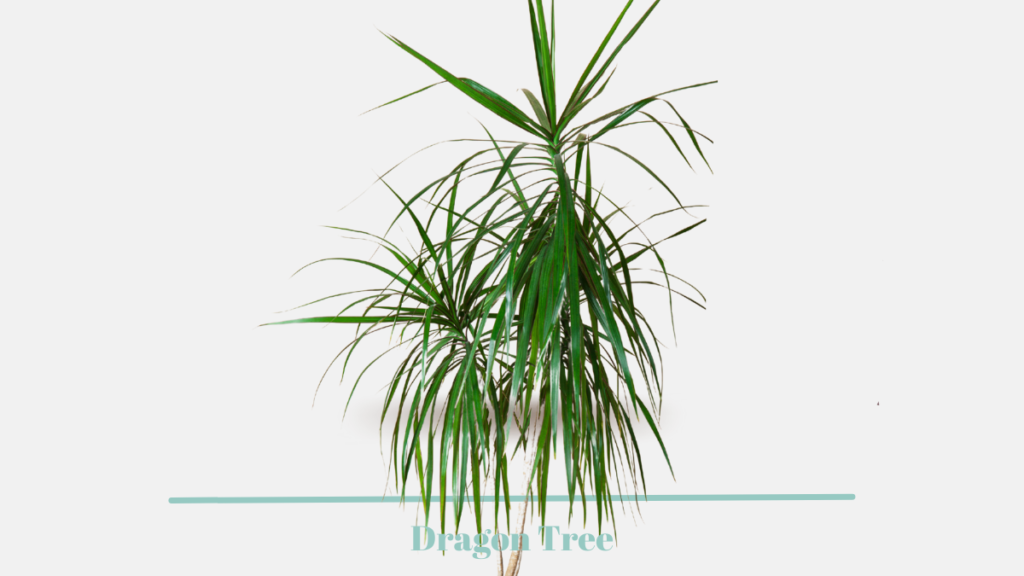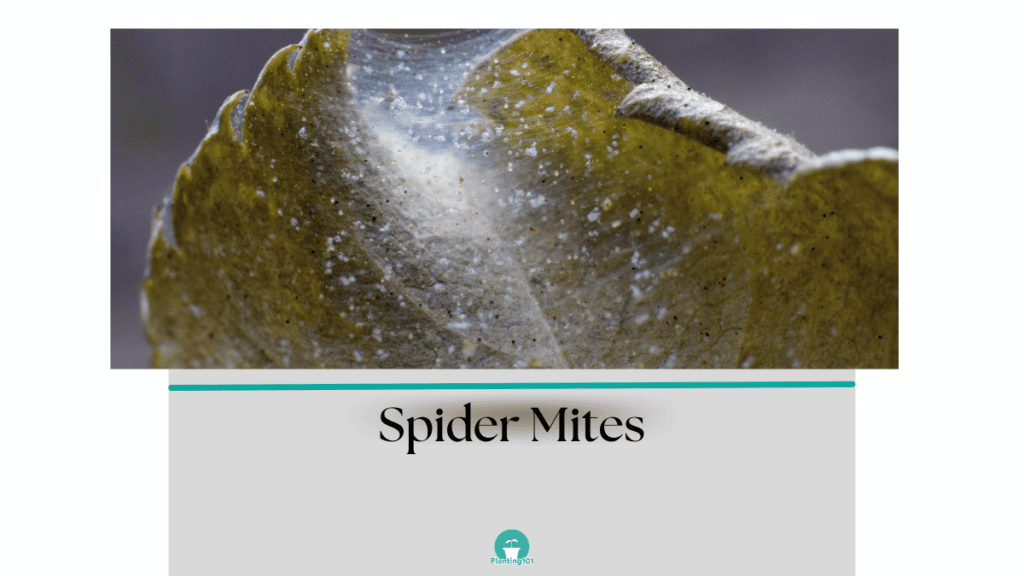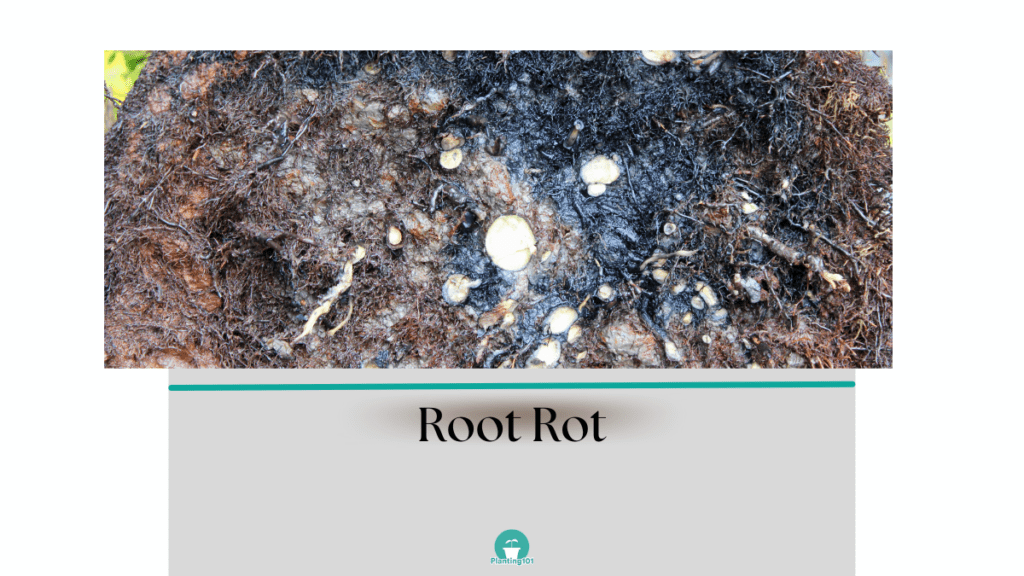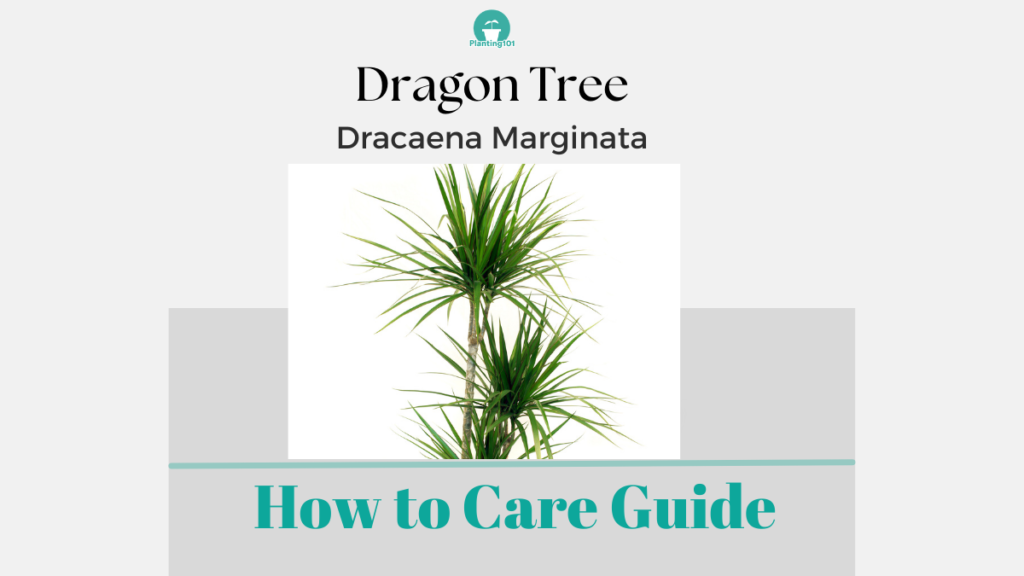Dragon Tree (Dracaena marginata previously known as Dracaena reflexa) is a low-maintenance indoor plant that can tolerate low light conditions. It is a large houseplant with attractive ribbon-like leaves. Aside from good looks and low maintenance, the Dragon tree is also known to be an effective air purifying indoor plant. Plus it is believed to be a lucky plant bringing good luck and prosperity. What’s not to love about the Dragon Tree? Here is a beginner’s guide on how to care for your Dragon Tree indoors.

Dragon Tree Houseplant Care at a Glance
| Name | Dragon Tree |
| Scientific Name | Dracaena marginata previously known as Dracaena reflexa |
| Care Level | Easy |
| Light | Bright Indirect Light. Can Tolerate Medium Light. |
| Daytime Temperature | 65 to 75F (18-24C) |
| Night Time Temperature | 55-65F (13-18C) |
| Water | Moderate Water |
| Humidity | Moderate Humidity |
| Potting | Well-draining, organic, all-purpose potting mix |
| Fertilizer | Apply once during early Spring and apply once in June. |
| Air Purifying Plant | Removes trichloroethylene (TCE), Formaldehyde, and Benzene. |
| Toxic to Pets and Humans | Toxic |
Dragon Tree: Common Names
Dragon Tree is also called Madagascar Dragon Tree, Marginata, Song of India, Red-Edged Dracaena, and Pleomele.
Dragon Tree: Varieties
Popular varieties of the Dragon Tree are Dracaena marginata var ‘Tricolor’ and Dracaena marginata var ‘Bicolor’.
Dragon Tree: Size
Your Dragon Tree is a large houseplant that can grow up to 6 feet tall indoors. It’s a slow-growing houseplant.
Dragon Tree: Toxic to Dogs?
According to the ASPCA, Dragon Trees (Dracaena Marginata) are toxic to dogs. Don’t let your dog chew on the leaves of the Dragon Tree because it contains saponins. Saponins have been used as fish poison! It can cause vomiting, nausea, and diarrhea. The toxins in Dragon Tree will cause dilated pupils in cats. If you see any of these symptoms and suspect ingestion of any parts of the Dragon Tree plant, call poison control immediately! Also, call your doctor or vet once you start seeing adverse reactions in children and pets.
Dragon Tree: Toxic to Cats?
According to the ASPCA, Dragon Trees (Dracaena Marginata) are toxic to cats. Saponins cause vomiting, nausea, and diarrhea. It will also cause dilated pupils in cats.
Dragon Tree: Toxic to Humans?
Dragon Trees (Dracaena Marginata) are toxic to humans. Keep it away from small children. Teach older children the danger of Dragon Trees. Don’t let your children on the leaves of the Dragon Tree because it contains saponins. Saponins can cause vomiting, nausea, and diarrhea. If you see any of these symptoms and suspect ingestion of any parts of the Dragon Tree plant, call poison control immediately! Also, call your doctor once you start seeing adverse reactions in children.
Light
Dragon Tree: Sun or Shade?
Dragon Tree grows best in bright, filtered light. An East facing window with half a day of morning sun is ideal. Avoid direct sunlight, it will burn the leaves of your Dragon Tree. It can also tolerate low to medium light conditions.
Water
How Often Should You Water Your Dragon Tree?
Water your Dragon Tree when the soil feels dry. The best way to tell when it is time to water your Dragon Tree is to feel the soil. Stick your finger in the soil 1 inch deep. If it feels dry, it’s time to water your Dragon Tree.
What Type of Water Should You Use When Watering Your Dragon Tree?
Your Dragon Tree can be watered with tap water but be mindful of the water temperature that you are using to water your Dragon Tree. Don’t use straight cold water from the tap to water your Dragon Tree. Dragon Tree prefers cool water that is not hot and not cold.
When you turn on the cold water from the faucet add a little bit of warm water. You can also get to this ideal temperature by filling a watering can or pitcher with water and leaving it out overnight until the water is at room temperature. Your Dragon Tree can be sensitive to the minerals in tap water, so if you see brown tips on its leaves, you may need to switch to watering your Dragon Tree with distilled water or rainwater.
How Do You Make Sure There is Proper Drainage for Your Dragon Tree?
Your Dragon Tree Good drainage is important, you don’t want your Dragon Tree to sit in soggy soil. Make sure there are drainage holes at the bottom of the pot. After watering your Dragon Tree and you see water draining out of the pot’s drainage holes, make sure you empty out the accumulated water in the saucer. Don’t let your Dragon Tree’s pot sit in this puddle of water. It will cause root rot!
Do You Need to Mist Your Dragon Tree?
Your Dragon Tree is a houseplant that can tolerate dry indoor air however, it will grow best when it is in a moderate humid setting. You should increase indoor humidity. Mist your Dragon Tree twice a week.
Soil
What Type of Potting Mix is Best for Your Dragon Tree?
Your Dragon Tree needs a well-draining, organic all-purpose potting mix.
How Do You Know When To Repot Your Dragon Tree?
Repot your Dragon Tree when it outgrows its current pot. Repot your Dragon Tree in a container with a diameter 2 inches larger than the current pot. Your Dragon Tree is a slow-growing plant so don’t plant it in a container that is too big.
Fertilizer
Do You Need to Fertilize Your Dragon Tree?
Your Dragon Tree should be fertilized twice a year- once during early Spring and once in June.
What Fertilizer Should You Use on Your Dragon Tree?
Use liquid or powder, organic fertilizer with a higher ratio of nitrogen on your Dragon Tree.
Propagation
How Do You Propagate Your Dragon Tree?
Your Dragon Tree Dragon Tree is easy to propagate. You can propagate your Dragon Tree by stem tip cutting. Below are steps on how to propagate Dragon Tree Plant by stem tip cutting:
1. Take a Stem Tip Cutting of Your Dragon Tree (include a node)
Pick a stem with a node. Cut below the node.
2. Place Your Dragon Tree Stem in a Jar of Water
Place the Dragon Tree stem into a jar of water and wait for it to grow roots. To help it focus its energy on growing roots, make sure your stem has a maximum of 2 leaves. Cut off extra leaves as needed.
Another way to stimulate root growth is to dip your stem cutting in root hormone and plant it in moist sand. I personally prefer the jar method so you can easily see the roots come out. Know that not all stem cuttings of Dragon Tree will grow roots, so to be safe, cut a few stem cuttings so you will at least get one with roots.
3. Plant Dragon Tree Stem Cutting in a New Pot
Once the roots grow, plant these stem cuttings into a new pot. Water the new plant immediately after planting. Then water every 2-3 days until the roots are established.
4. Place New Dragon Tree in a Spot with Bright Indirect Sun
Place your new Dragon Tree plant in a spot with bright indirect sunlight. Don’t put it in direct sunlight.
Common Problems of Dragon Tree Care
The most common problems that affect Dragon Tree are root rot, brown leaf tips, and spider mites.
Dragon Tree Problem: Yellow and Brown Spots with Spider-Like Webs on Leaves and Stems
Problem: There are yellow and brown spots on the leaves of your Dragon Tree. You also see spider web-like webbing on the leaves and stems.

Cause: The spider webbing and yellow and brown spots are signs of spider mites attacking your Dragon Tree. Spider mites are tiny pests that are too small to see with your bare eyes.
Solution: To treat spider mites on your Dragon Tree, spray off the leaves with water from a garden hose. The force will cause the little spider mites to wash off the leaves. You can also wash mites off with soapy water or rubbing alcohol. There are also horticultural oils and insecticidal soaps that you can use to kill off spider mites.
Check out our article on how to make your own homemade pesticides using baby shampoo: How to Make Horticultural Oil and How to Make Insecticidal Soap
Dragon Tree Problem: Looks Wilted (Soil is Wet)
Problem: Your Dragon Tree looks wilted even if the soil is wet. Check for root rot by pulling the plant out and examining the roots. If the roots of your Dragon Tree plant look mushy (healthy roots are firm) and the roots are gray to black in color, these are telltale signs of root rot.

Cause: Root rot is caused by fungus and is a serious problem for your Dragon Tree. Root rot is a result of wet soil due to overwatering or poor drainage.
Solution: When your Dragon Tree is afflicted with root rot the chance of survival is slim. Your best course of action is to throw your Dragon Tree out and start over with a new plant. This time don’t overwater your Dragon Tree and make sure there is good drainage in the pot.
Dragon Tree Problem: Tip of Leaves of Your Dragon Tree Turning Brown
Problem: The tips of the leaves of your Dragon Tree plant are turning brown.
Cause: When the tips of the leaves of your Dragon Tree turn brown that is a result of not enough water or humidity. The tips of the leaves are turning brown because they are dying. Solution: Water your Dragon Tree and increase humidity by watering your Dragon Tree. Just make sure to let your Dragon Tree completely air dry so it does not suffer from root rot. Another reason for the brown leaf tips is the tap water you use may have too many chemicals. Try watering with distilled water or rainwater to see if that resolves the issue.
Dragon Tree: Air Purifying Plant
Dragon Tree is an air purifying plant. It will clean the air by removing air pollutants such as trichloroethylene (TCE), Formaldehyde, and Benzene. In a NASA research study, Dragon Tree is effective in removing trichloroethylene (TCE), benzene, and formaldehyde. In fact, the NASA study showed that Dragon Tree effectively removed 79% of benzene in the air and 13.2% of trichloroethylene in the air.
Cleaning Dragon Tree Houseplant
What’s the best way to clean the leaves of your Dragon Tree?
Dust accumulates on your Dragon Tree leaves over time. The layer of dust decreases the plant’s ability to photosynthesize. Periodically wiping down the leaves of your Dragon Tree with a damp cloth will help keep your plant healthy. You can also use a duster or dry duster cloth to wipe off the layer of dust on leaves.
You May Also Be Interested In:
How to Take Care of Haworthia (infograph)

